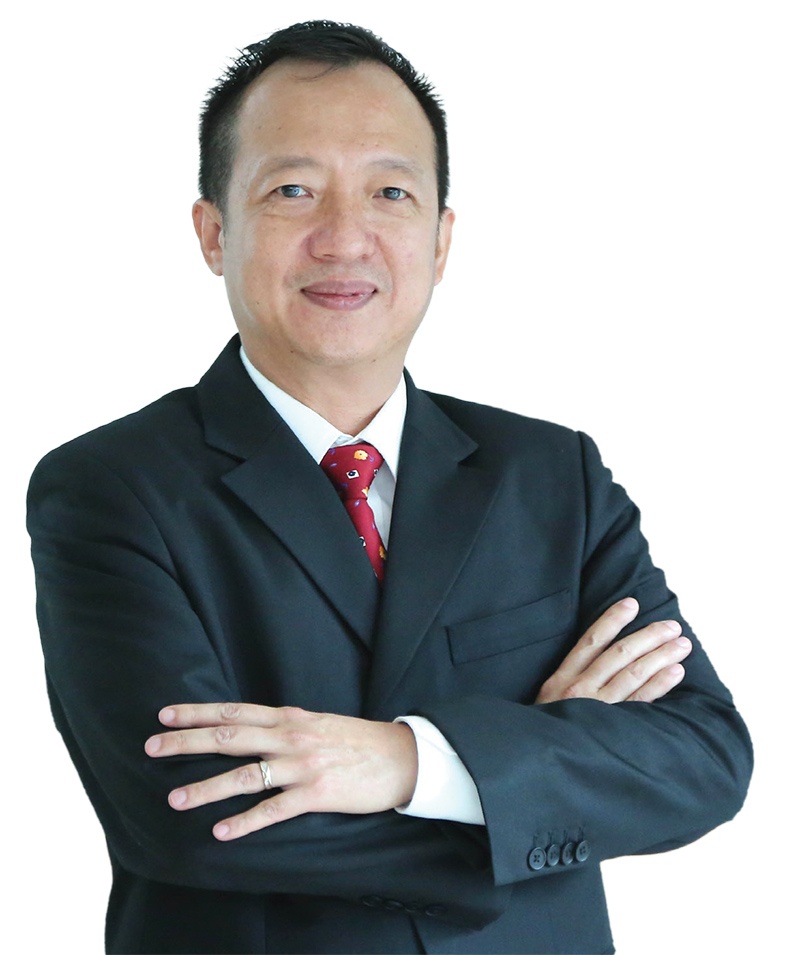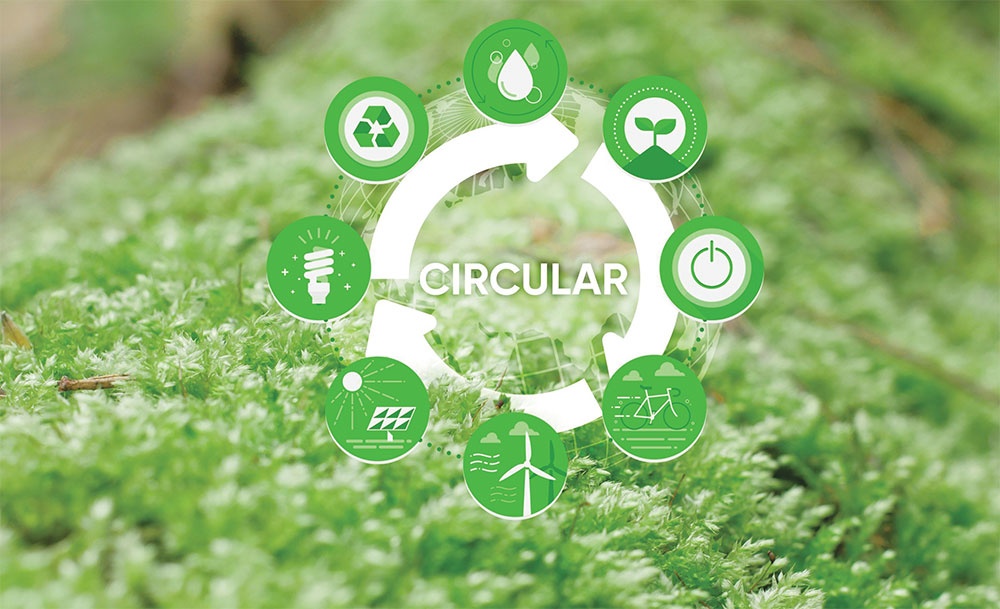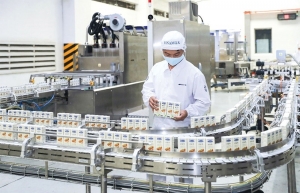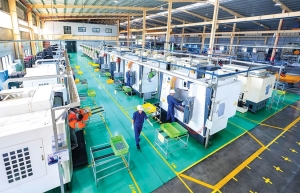Implementation of the circular economy in Vietnam
 |
| Le Khanh Lam |
Resource depletion and negative effects on quality of life have resulted from rising resource usage in many nations and territories as economic growth continues. As a result, the vast majority of nations have embraced the circular economy model, adopted sustainable manufacturing techniques, restored and renewed resources, reduced resource exploitation, and reduced waste.
For instance, Europe has implemented a number of initiatives to ease the transition, support material circularity, and manage the product life cycle. These nations have created frameworks for monitoring waste management and indicators related to the circular economy. SUP straws, cotton buds, and drink stirrers are not allowed to be distributed to end users in the United Kingdom in 2020.
All companies that have provided these products, including producers and merchants, are subject to the ban, except catering businesses. In Sweden, policies promoting circular economy models in several sectors, including manufacturing, plastics, manufacturing, consumption, are in addition to general measures on rubbish recycling.
During 2019 in Thailand, the Department of National Parks ran a campaign for visitors to refrain from bringing plastic items such as food packaging, plastic cutlery, and plastic water bottles to national parks.
Vietnam has had many drivers to implement the circular economy successfully. A growing number of corporations have publicly committed to adopting circular business models and goals. Industries like technology, fashion, packaging, and automotive are all represented by leaders. Additionally, there are some barriers that the circular economy in Vietnam must overcome.
Drivers and challenges
Firstly, the circular economy is a global trend that has been successfully implemented in numerous nations, including Sweden, Denmark, Japan, China, and Singapore. As a result, Vietnam will benefit greatly from the lessons learned from previous nations and will follow the global trend.
Secondly, as the circular economy grows, the strain from resource shortages, environmental contamination, and vast amounts of rubbish, particularly plastic waste, will lessen. Vietnam is addressing climate change and achieving the UN’s Sustainable Development Goals. The development of a circular economy aids in reducing the compounds that contribute to the greenhouse effect and achieving many of these goals.
Thirdly, circular economic development will receive high consensus and support from society because this method of development solves resource scarcity, protects the environment, responds to climate change and brings high economic efficiency.
Compared to traditional linear businesses, circular initiatives and infrastructure are seen as carrying higher risks. Unproven technologies, lengthy payback periods, and cultural inertia regarding ownership exacerbate funding shortfalls.
There is likely to be Infrastructure deficits and high costs. Modernised transportation networks, reverse cycle collecting systems, remanufacturing plants, and cutting-edge recycling and reprocessing facilities are necessary to create circular material flows. The majority of regions, however, lack the necessary integrated constructed infrastructure, leaving gaps in buildings, fleets of vehicles, storage, and other areas. Additionally, it is a big challenge to build infrastructure because of the high cost.
Labour markets will be impacted by the circular transition. While creating new jobs in industries like remanufacturing, the waste management and resource extraction sectors will experience losses. It is crucial but challenging to manage this transition in an inclusive manner through workforce development, social protections, and regional economic planning.
Reducing waste and recycling are the cornerstones of the circular economy. In a circular economy, businesses reduce resources that are harmful to the environment and choose to recycle products as a resource to produce new goods and materials, which benefits both businesses and the environment. It also decreases the consumption of resources, including energy and raw materials, and redesigns goods and services to be less resource-intensive to manufacture.
 |
Application in industry
One of the typical examples is the application of reducing and recycling models for plastic waste. Plastic waste can be effectively recycled to yield valuable resources that can be used elsewhere, such as energy.
The idea of planning waste and pollution out from the start is at the core of the circular economy. Numerous daily items made of single-use plastic take an unsettlingly long time to disintegrate. For instance, although plastic bottles are widely used, it is thought that they take 450 years to degrade, while coffee pods and toothbrushes are said to take 500 years.
Plastics may be made durable, recyclable, and reusable by implementing cutting-edge design ideas like eco-design and biomimicry. This strategy lessens the demand for single-use plastics and encourages a cyclical flow of resources by allowing items to maintain their value and usability over the course of their lives.
Reducing and recycling models for plastic waste can be applied to the food delivery industry. Platforms for food delivery will need to include an opt-in/opt-out option on their website or app where clients place their orders. Environmental education and awareness campaigns will be crucial to execute to educate consumers, delivery drivers, and restaurant staff about the opt-in/opt-out choice and its environmental implications.
If food delivery platforms implement this policy, no additional economic repercussions are anticipated. Besides this, restaurant staff need to be trained to avoid automatically including plastic cutlery with take-away orders. Restaurants can benefit financially as a result because they will presumably pay less for single-use plastic cutlery.
Alternatives to plastic straws are increasingly used in Vietnam, despite being less numerous. This is a result of consumer acceptability, the availability of reasonably priced raw materials for substitutes, and the prevalence of producers of substitute goods. Straws made of rice, grass, bamboo, or paper are some practical solutions for single-use and take-away consumption.
A detailed impact assessment should be conducted before any alternative products are actively promoted through legislation to establish their possible environmental impact.
A fee charge added to a plastic object could be another solution. This limits the unrestricted distribution of plastic goods. The procedure can also be put into effect by the government through legislation that establishes a fee collection system and levies a local fee.
 | Key enterprises plug circular economy shift Company leaders have highlighted the need for a balanced approach of incentives and penalties as Vietnam’s business community explores a circular economy model. |
 | Robust strategy can aid circular economy Vietnam’s ambition to build a circular economy will be backed by a national action plan, with specific criteria for businesses to join and apply related solutions. |
What the stars mean:
★ Poor ★ ★ Promising ★★★ Good ★★★★ Very good ★★★★★ Exceptional
Related Contents
Latest News
More News
- Banking’s development in data and digitalisation era (November 07, 2023 | 15:24)
- ESG enabling real estate businesses to attain funds (June 16, 2023 | 15:25)
- RSM Vietnam stays ahead of the changing business environment (March 14, 2023 | 10:07)
- What might the Vietnamese economy look like in 2023? (January 02, 2023 | 21:37)
- Neobanking: a trend-setting model for the digital revolution (December 19, 2022 | 14:30)
- Evaluating the prospects of M&A upswings next year (November 28, 2022 | 08:00)
- RSM Vietnam celebrates opening new office in Ho Chi Minh City (September 20, 2022 | 19:29)
- RSM Vietnam taking advantage of central region recovery to expand operations (September 19, 2022 | 08:00)
- Firm grasp of rules crucial in handling customer info (August 29, 2022 | 08:00)
- RSM Vietnam continues to transform to realise its vision (July 14, 2022 | 18:17)

 Tag:
Tag:





















 Mobile Version
Mobile Version